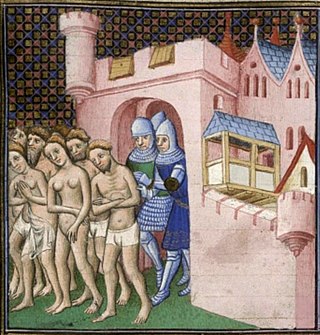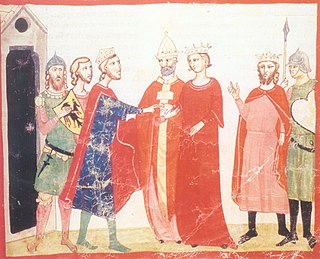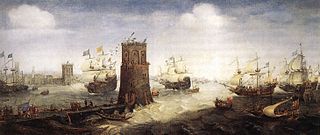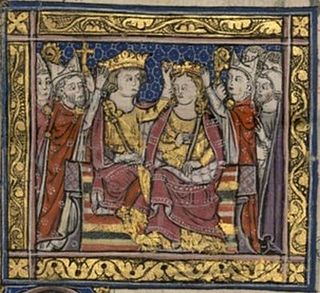| Millennium: | 2nd millennium |
|---|---|
| Centuries: | |
| Decades: | |
| Years: |
| 1214 by topic |
|---|
| Leaders |
| Birth and death categories |
| Births – Deaths |
| Establishments and disestablishments categories |
| Establishments – Disestablishments |
| Art and literature |
| 1214 in poetry |
| Gregorian calendar | 1214 MCCXIV |
| Ab urbe condita | 1967 |
| Armenian calendar | 663 ԹՎ ՈԿԳ |
| Assyrian calendar | 5964 |
| Balinese saka calendar | 1135–1136 |
| Bengali calendar | 621 |
| Berber calendar | 2164 |
| English Regnal year | 15 Joh. 1 – 16 Joh. 1 |
| Buddhist calendar | 1758 |
| Burmese calendar | 576 |
| Byzantine calendar | 6722–6723 |
| Chinese calendar | 癸酉年 (Water Rooster) 3911 or 3704 — to — 甲戌年 (Wood Dog) 3912 or 3705 |
| Coptic calendar | 930–931 |
| Discordian calendar | 2380 |
| Ethiopian calendar | 1206–1207 |
| Hebrew calendar | 4974–4975 |
| Hindu calendars | |
| - Vikram Samvat | 1270–1271 |
| - Shaka Samvat | 1135–1136 |
| - Kali Yuga | 4314–4315 |
| Holocene calendar | 11214 |
| Igbo calendar | 214–215 |
| Iranian calendar | 592–593 |
| Islamic calendar | 610–611 |
| Japanese calendar | Kenpō 2 (建保2年) |
| Javanese calendar | 1122–1123 |
| Julian calendar | 1214 MCCXIV |
| Korean calendar | 3547 |
| Minguo calendar | 698 before ROC 民前698年 |
| Nanakshahi calendar | −254 |
| Thai solar calendar | 1756–1757 |
| Tibetan calendar | 阴水鸡年 (female Water-Rooster) 1340 or 959 or 187 — to — 阳木狗年 (male Wood-Dog) 1341 or 960 or 188 |

Year 1214 ( MCCXIV ) was a common year starting on Wednesday (link will display the full calendar) of the Julian calendar, the 1214th year of the Common Era (CE) and Anno Domini (AD) designations, the 214th year of the 2nd millennium, the 14th year of the 13th century, and the 5th year of the 1210s decade.
















